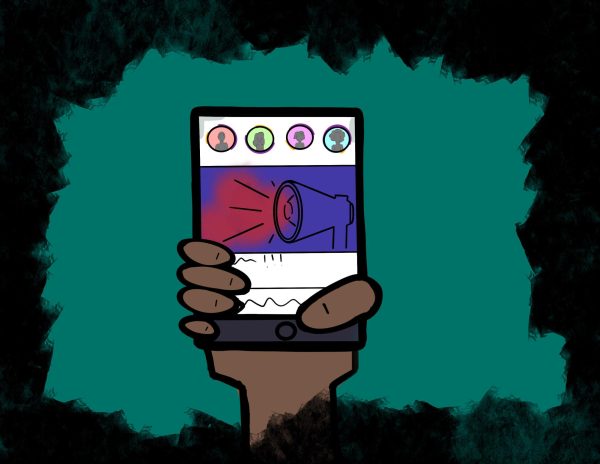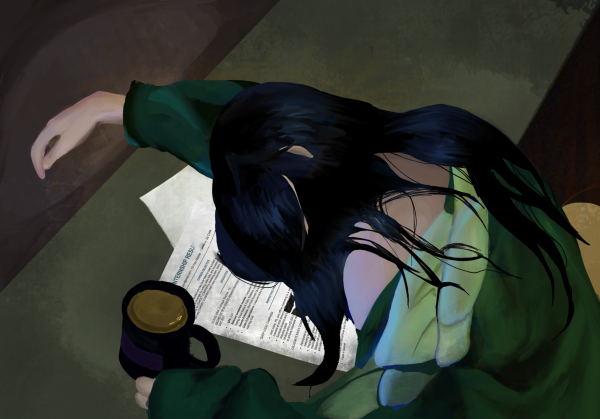Intersectional Feminism Vital for True Equality
With March designated as Women’s History Month, feminist ideas and the continued fight for gender equality are at the forefront of many minds. This month aims to celebrate the immense, and often overlooked, contributions of women throughout history, highlighting the vital role women have played in the American story.
While we have made many strides in progressing towards increased gender equality, it is indisputable that great inequity continues to persist in our country. In 2020, women earned a shocking $0.81 for every dollar made by a man, as reported by PayScale. However, inequalities and oppression within various groups are not independent of 1 another. Thus, intersectional feminism seeks to focus on the voices of those experiencing overlapping oppression by way of gender, race, religion, class, ethnicity, and sexuality.
Growing up surrounded by strong female figures, I was always conscious of feminism and the plight of women worldwide and historically. Despite this, it was not until recently that I became more educated on the concept of intersectionality and how it can be used as a lens to better understand injustices and the struggles faced by others.
Kimberlé Crenshaw is the law professor who coined the term “intersectionality” in 1989. In an interview with Time last year, Crenshaw said, “It’s basically a lens, a prism, for seeing the way in which various forms of inequality often operate together and exacerbate each other. We tend to talk about race inequality as separate from inequality based on gender, class, sexuality or immigrant status. What’s often missing is how some people are subject to all of these, and the experience is not just the sum of its parts.”
Understanding intersectionality helps us understand how all inequalities are not equal. As someone who identifies as female, but is also cis-gender and white, my experience as a woman is not the same as another’s who has overlapping identities that create coinciding experiences of oppression and discrimination.
Moreover, having an understanding of intersectionality can help us to work towards greater equality across the board.
Crenshaw argues that in politics, “anything that’s meant to address gender inequality has to include a racial lens, and anything that’s meant to address racial inequality has to include a gender lens.” Political approaches to racial inequality often focus primarily on boys and men. Similarly, women’s issues tend to remain politically independent of other inequality-producing structures like race.
Historically, American feminism has not been intersectional. White suffragist leaders of the women’s suffrage movement, such as Elizabeth Stanton, prioritized the concerns of middle-class, white women over others. Despite many Black women being at the forefront of the movement, they were often left out of campaigning in order to maintain the support of many white southern women, according to Time.
Although our country’s history of feminism may include these ugly truths, it only increases the importance of recognizing intersectional feminism today. As Crenshaw said, “We’ve got to be open to looking at all of the ways our systems reproduce these inequalities, and that includes the privileges as well as the harms.”
Your donation will support the student journalists of Campolindo High School's The Claw. Your contribution will allow us to produce more issues and cover our annual website hosting costs.

Senior Jensen Rasmussen has been passionate about ballet since a young age, training and cultivating her love of dance throughout her high school career....

